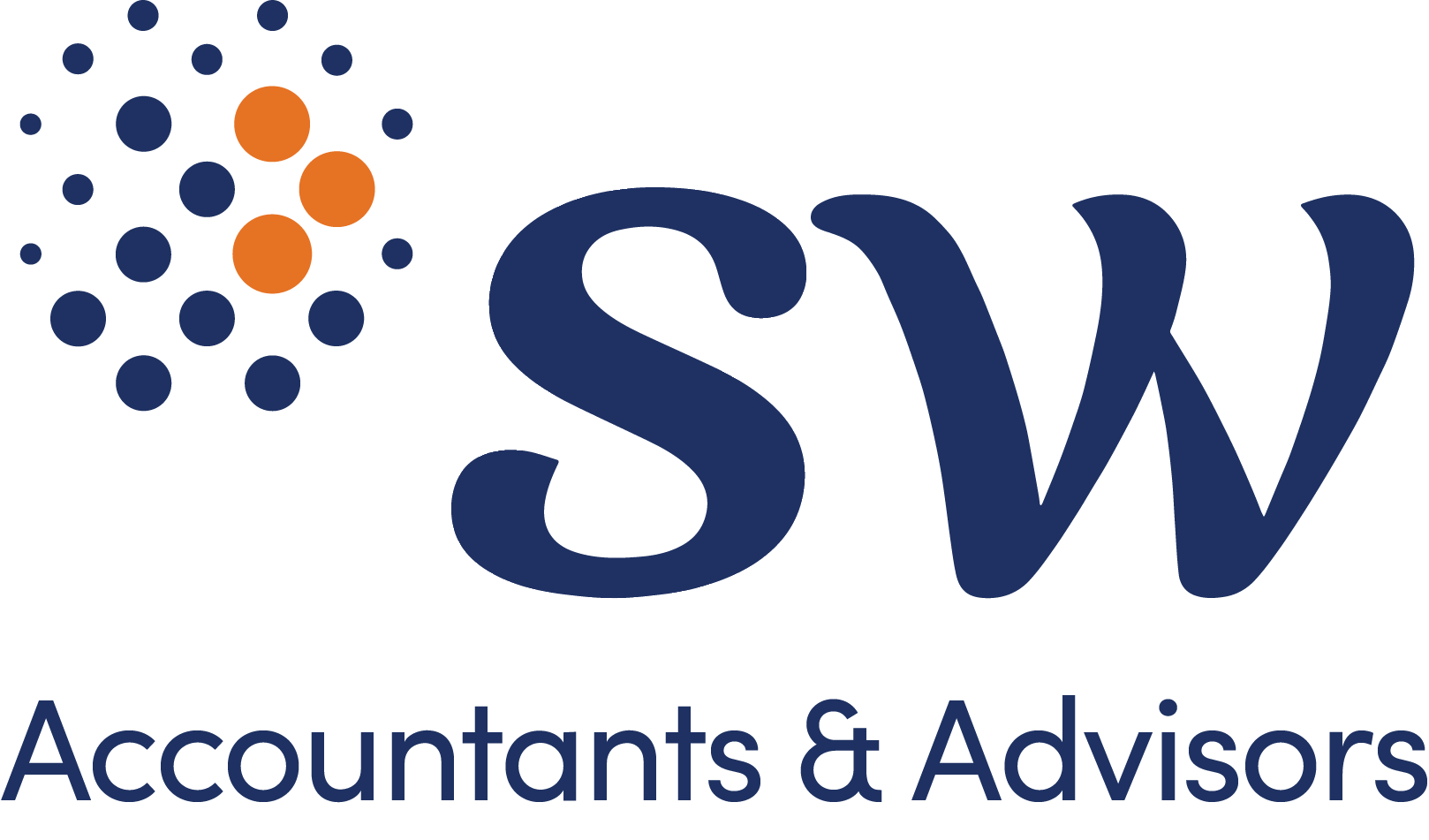
Thin capitalisation reforms – changes to Bill released
26/10/2023
Treasury has released for public comment an exposure draft of changes to the proposed thin capitalisation reforms. The proposed changes do not go as far as many would have hoped, but certainly include some welcome amendments in relation to trusts.
Significant reforms to the thin capitalisation regime were introduced in the Bill1 into the House of Representatives on 22 June 2023. A detailed outline of the reforms contained in this Bill were provided in an earlier SW client alert. The original Bill contained rules considered by many to be controversial. These issues were highlighted in submissions made by many stakeholders (including SW) to the Senate Economics Legislation Committee (Committee) as part of a review conducted on the impact of the Bill. In response to this review, on 18 October 2023, Treasury has released in exposure draft form a further round of proposed amendments for public comment. These amendments address some of the concerns raised in relation to the original Bill.
We have summarised below the issues and recommendations made in the SW Accountants & Advisors submission to the Committee compared to the changes to the Bill that have been proposed by the exposure draft.
| Concerns raised with original Bill | Changes proposed in the exposure draft |
|---|---|
| Trusts and partnership are excluded from applying the third-party debt test (TPDT) | The Bill will be amended so that the TPDT also applies to trusts and partnerships |
| Cross guarantees by member of the same group will preclude the application of the TPDT | The conditions of the TPDT will be relaxed to allow recourse arrangements to be implemented in relation to assets held by other entities in the same obligor group |
| Interest rate swap payments will not be deductible under the TPDT when the modified rules for conduit financing arrangements apply | A deduction will now be permitted under the TPDT for the payments made under an interest rate swap when the modifications to conduit financing arrangements apply |
| Foreign currency borrowings that are hedged and on lent under AUD loan terns will not satisfy the TPDT conditions when the modified rules for conduit financing arrangements apply | No change proposed |
| Trust distributions are excluded from the calculation of tax EBITDA for the fixed ratio test (FRT). Furthermore, there is no ability for excess tax EBITDA of a subsidiary trust to be ‘pushed up’ to a head trust. This means that property trusts with borrowing at the head trust would be severely disadvantaged with significant denial of debt deductions | The FRT will be amended to permit certain subsidiary trusts to ‘push up’ their excess EBITDA to a parent trust that has at least a 50% interest in the subsidiary |
| Proposed commencement date is 1 July 2023 (deferral requested) | No change to the commencement date |
We have below provided a brief summary of the main proposed changes included in the exposure draft.
Main changes
Welcome amendments proposed for trusts
- technical changes to ensure that trusts and partnerships are able to access the third party debt test (TPDT). In the original Bill a drafting error existed which meant that trusts and partnerships were unable to access this test
- the original Bill provided that trust distribution income was excluded in the calculation of tax-EBITDA for the purposes of the fixed ratio test. This meant that groups with geared holding entities would be significantly disadvantaged under the fixed ratio test. The proposed changes should allow the transfer of excess EBITDA from a subsidiary trust to a holding trust which has an interest of at least 50% in the subsidiary subject to satisfying certain conditions.
The amount of excess EBITDA that may be transferred from the subsidiary entity will be the parent’s proportionate share of the excess. Any amount of transferred EBITDA will also be taken into account in determining whether the transferee has any excess EBITDA, so that there may be successive ‘push up’ transfers in multi-tiered groups of eligible trusts.
Third Party Debt Test (TPDT)
- changes are proposed to the TPDT. For the most part these should broaden the applicability of this test. The proposed changes include:
- interest rate swap costs which relate to multiple debt interests, will now be deductible under the TPDT, subject to meeting certain conditions,
- a relaxing of the conditions for the TPDT in relation to permissible recourse arrangements. This will permit the following asset types to be subject to recourse arrangement without breaching the TPDT eligibility conditions:
- Australian assets owned by the entity,
- Australian assets that are represented by membership interests in the entity, except when the entity has a direct or indirect legal stake in assets not considered Australian. This ensures that membership interests cannot be tied to non-Australian assets, and
- Australian assets owned by an Australian entity within the obligor group related to the tested debt interest.
Where the TPDT is being considered for ‘conduit financiers’, the modifications referred to above will broadly also apply to the conduit financier and entities that borrow from the conduit financier.
- The provision in the original Bill permitting the use of credit support rights linked to the creation or development of land or other real property in Australia is proposed to be broadened. This concession is proposed to be extended to include the creation and development of specific movable assets located on the land. This expansion is intended to accommodate property that, while not considered part of the land, has a significant economic association with it.
Debt creation rules
- The proposed debt creation rules are widely regarded as controversial and not well targeted. As previously noted, these rules broadly targeted arrangements involving:
- an entity acquiring an asset (or obligation) from an associate which is funded by interest bearing debt, and
- an entity borrowing from an associate to fund a payment to that, or another, associate and incurring interest on the relevant debt.
- In response to the numerous submissions made to the Committee on these rules, refinements have been proposed, including:
- excluding Authorized Deposit-Taking Institutions and securitisation vehicles as well as certain special purpose entities that are exempt from the thin capitalisation provisions
- the introduction of exceptions to the conditions regarding the acquisition of an asset from an associate, in broad terms:
- the acquisition of a new membership interest in an Australian entity or a foreign company,
- certain new tangible depreciating assets, and
- the acquisition of certain debt interests, to allow for related party lending in certain circumstances.
- the introduction of exceptions to the rules targeting borrowings to fund payments to associates, in broad terms:
- payments that are merely back-to-back loans on the same terms relating to costs, and
- certain payments of principal under a debt interest.
- in addition to the above, various other amendments are proposed, including amendments specifying the order in which debt creation deduction rules and the thin capitalisation provisions apply (essentially, the debt creation rules apply first).
Commencement, application and transitional provisions
Many submissions made to the Committee urged the Committee to conclude that the new measures, particularly the debt creation rules, be deferred until 1 July 2024. However, the Committee has not adopted such recommendations, save for one exception. The effective date for the thin capitalisation measures remains 1 July 2023, so that any income year starting on or after that date would be affected. The one timing concession that is reflected in the new proposals is that for financial arrangements established before 22 June 2023, there is to be a one-year grace period in relation to the debt deduction creation rules. However, the debt creation rules will apply to all arrangements (whether pre-existing or new) from 1 July 2024.
SW comment
The changes proposed to the thin capitalisation rules in relation to trusts are most welcome. The changes proposed to the TPDT and the debt creation rules are positive, but many would have been hoping for changes of a more substantive nature.
Should the legislation proceed, inclusive of the most recent round of proposed changes, the thin capitalisation rules changes and the new debt creation measures will represent significant changes to the tax law affecting multinational groups.
We are now four months into the first year of operation of the new rules. Given these rules are still not settled, a 12-month deferral of the start date seemed appropriate. This, of course, will not be the case with the commencement date unchanged at 1 July 2023 (subject to the one exception noted for the new debt creation rules).
However, consultation on the reforms continues with submissions in relation to the exposure draft changes closing on 30 October 2023.
How can SW help?
Given that the basic thrust of the new thin capitalisation regime remains unaltered, it is important that if you are affected by the new rules, you clearly understand how these arrangements are likely to impact your existing arrangements. To understand how these measures and the proposed amendments referred to above may impact you, please contact your SW adviser or, alternatively, one of the contacts listed.


